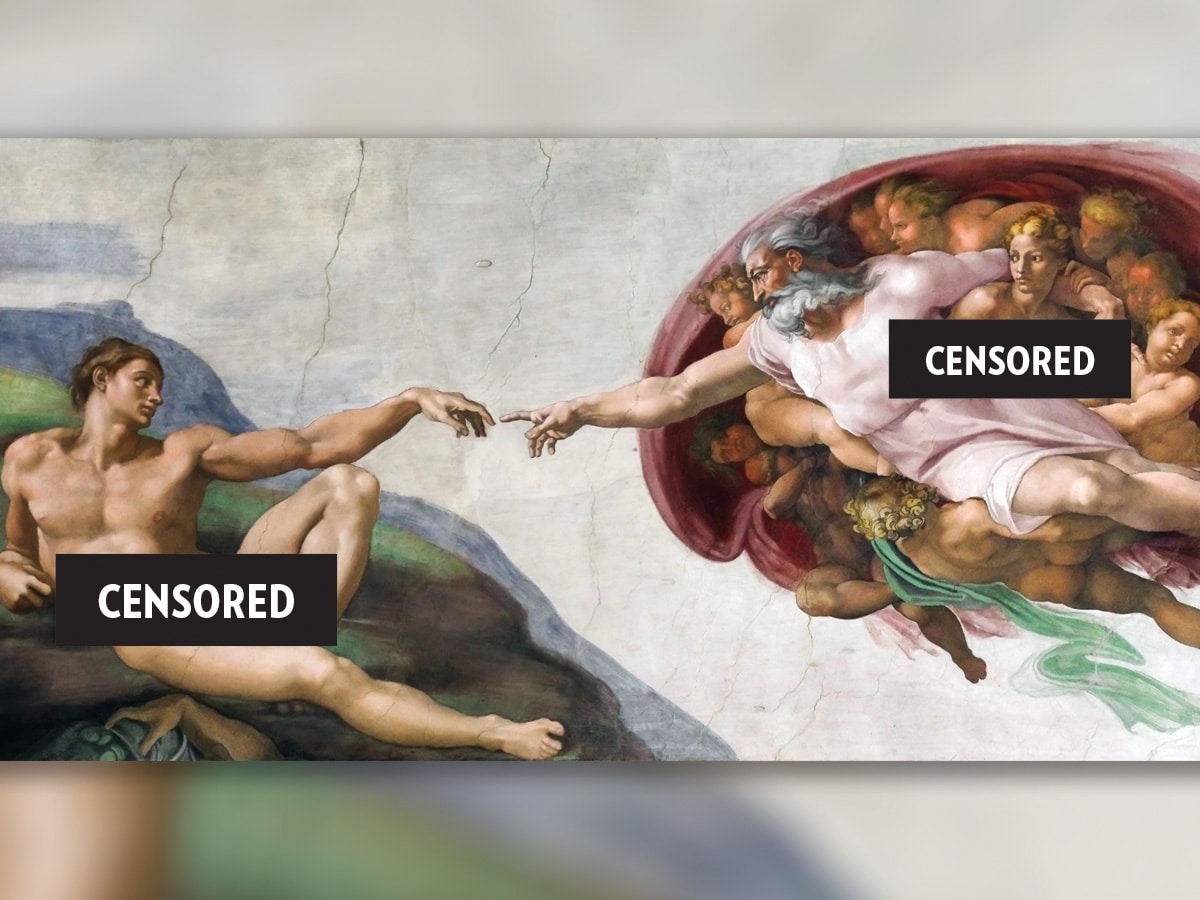I haven’t yet seen Christopher Nolan’s blockbuster “Oppenheimer.” But #CatholicTwitter informs me that, before I do, I need to consider the film’s sexual content, specifically nudity. What #CatholicTwitter has not given me is a robust Catholic approach to the question of nudity in film more generally.
The kerfuffle began with the claim that no Catholic, particularly clergy, should see “Oppenheimer” due to the presence of nudity. The response to such an unnuanced claim was predictably strong — and predictably unnuanced. Two rebuttals stood out. The first was a simple appeal to the Vatican’s art collection. The second suggested that the portrayal of sex in film was no different than the portrayal of violence in film. The implication, in both cases, was that the original poster was a hypocrite if he did not condemn nudity at the Vatican Museum and violence in film as well.
These are valid points, but far from determinative. Nudity at the Vatican Museum implies that nudity in art is not always and everywhere wrong. It does not tell us whether it is good in this or that case. Surely there are important distinctions to be drawn between the kind of portrayals of the naked human form in classical art and in contemporary film — or even between this contemporary film and that one. And, as the initial post’s defenders pointed out, violence in film is importantly different from nudity in film — the violence is simulated. But this equally valid point is not determinative either. That something is merely simulated does not automatically justify its portrayal in this or that case.

Prudential judgment
Moreover, whether a given example is justified is a separate question from whether or not you and I do well to see it. This latter is what the Church calls a matter of prudential judgment. As it happens, most of our moral decisions are matters of prudential judgment. It is relatively rare that our day-to-day decisions come up against absolute moral prohibitions, things that we must never do. What is much more common are things that can be justified, or are even positively good, provided that certain conditions are met.
Voting is a classic example. All of us, when we vote, vote for some evils. But the Church does not teach that we should never vote. Rather, it teaches that voting for some evils can be justified by the presence of certain goods and by the presence of other evils in voting differently or not at all, and provided that we vote the way we do in spite of the attendant evils and not because of them. Notice that the Church’s teaching here takes account of both objective — the evils on offer from various options balanced against the goods on offer from those same options — and subjective — our own reasons for voting in the way we do — factors.
The same applies to the question of nudity in art. There are objective factors at play: Is the nudity exploitative, titillating or gratuitous? Or does it reveal something true, good and beautiful in a way that respects the human person? Subjectively, what impact is the viewing of such material likely to have on me? Responsible people may well decline to watch things that almost no one finds morally objectionable. I don’t recall anyone suggesting “Schindler’s List” was something no Catholic should watch, but I know plenty of people who prudently discerned it would not be good for them, personally, to watch it.
The question of art
When comparing two issues, it is important to attend to both their similarities and their differences. Even simulated violence can be exploitative, titillating and gratuitous. And morally legitimate portrayals of violence can be imprudent for a given person to watch because they know the impact such viewing is likely to have. The same goes for nudity. But the impossibility of simulation with nudity does contribute to the fact that certain portrayals can have a deeper impact on the viewer while also making the possibility of exploitation more pointed.
Then there are the other goods in the balance. Can the viewing of a good, even great, piece of art be justified despite some elements of it — including but not limited to the portrayal of human sexuality — being less than morally perfect? How morally flawed would they need to be to render it unredeemable?
And let’s not forget, things do not even have to be immoral in themselves in order to require careful discernment around their portrayal and viewing. Lovemaking between spouses is not only justifiable but good and holy. But it could be shown in film in a way that is essentially pornographic. Killing in self-defense can be justified, but that does not mean every portrayal of such a killing in film is.
If watching a film that includes nudity were always and everywhere wrong, we could expect the Catholic Church to have informed us on this point. That said, it may well be wrong in many cases, for both objective and subjective reasons. What Catholics need on such questions are (objective) guidelines for discernment and (subjective) attention to their own hearts, not blunt moral pronouncements that go beyond what the Church itself teaches.





